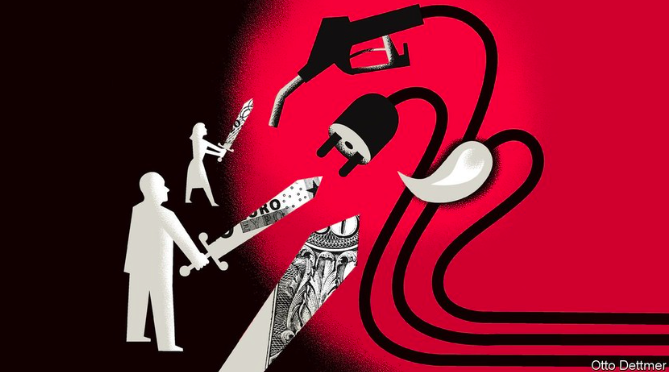Morocco, Thailand, Vietnam and Pakistan are some of the most-affected larger economies, based on energy import and gross domestic product data from the United Nations.
Much of Asia-Pacific will see higher oil and commodity prices, shortages, slower demand for manufactured goods though there will be some trade winners.
Even before the war started in Ukraine, governments were struggling with rising energy prices that threatened to derail economies emerging from two years of pandemic. But with Vladimir Putin’s aggression, crude oil, diesel and natural gas are trading at or towards record levels.
Most of the Asia-Pacific will experience headwinds in two ways: higher oil and commodity prices and therefore sustained inflation – given that most of the region imports energy.
Headline inflation for the full year 2022 was expected to exceed the target range, reaching 4.9 percent, driven primarily by rising energy prices and the pass-through of food prices. Inflation could exceed 5 percent in the second and third quarters, mainly attributed to the low-base effect of crude oil prices and government assistance measures in 2021.
According to UTCC president Thanavath Phonvichai, the Russia-Ukraine conflict has a direct impact on trade and tourism between Thailand and both countries, while the increase in energy prices will affect the market and the country’s inflation rate.
The UTCC believes that the crisis will cost the economy around 244.70 billion baht and slow the country’s growth to around 2-3 percent if the conflict continues throughout the year.
















